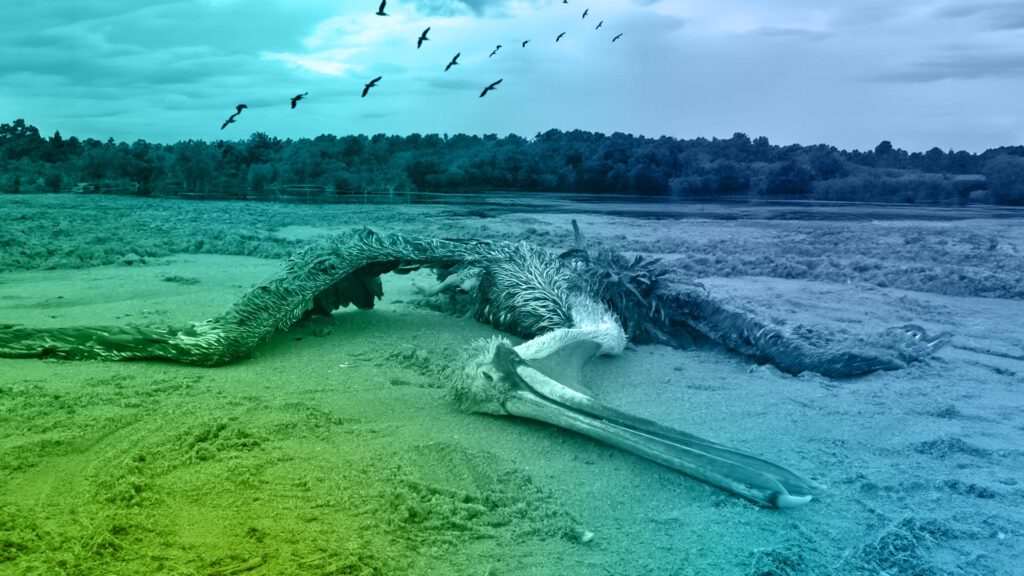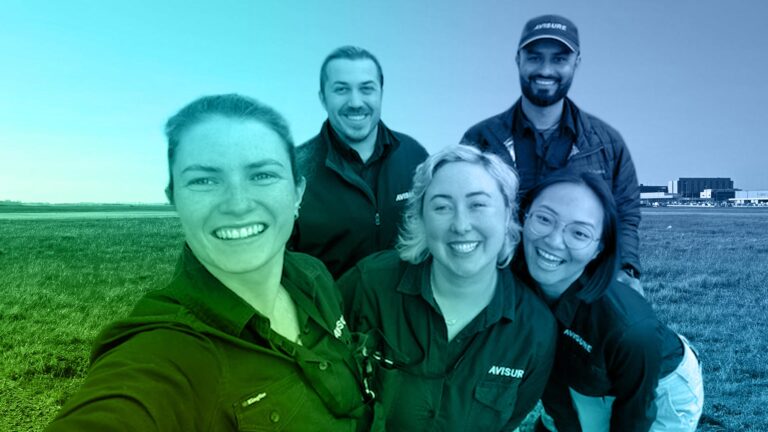Guidelines for the Australian aviation industry
HPAI (high pathogenicity avian influenza) H5N1 clade 2.3.4.4b bird flu (the strain of concern), is a serious and highly contagious strain that has moved quickly around the world. The strain can cause mass mortalities in some species. In Peru, for example, 40% of pelicans died within a year of the virus arriving in South America in 2022. In the UK, H5N1 clade 2.3.4.4b has killed about 30% of the breeding population of roseate terns, great skua, and gannets, while mammals in South America such as sea lions, and scavengers on dead sea birds, have died in their thousands.
A few mild human infections of this H5N1 strain have been reported overseas. Most infected people had close contact with infected animals and contaminated environments. The likelihood of humans becoming infected is very low as this current strain of bird flu does not appear to transmit easily to or between humans.
Australia is currently the only continent free from (HPAI) H5N1, including the clade 2.3. 4.4b strain bird flu, and Australian authorities are investing more than $100 million in building national preparedness and response capability in response to the threat.
Spring is the highest risk time, when migratory birds are returning from their summer in the Northern Hemisphere.
Avian influenza is a nationally notifiable disease. If you suspect an animal might be infected with avian influenza you have a legal responsibility to report it to the Emergency Animal Disease Hotline on 1800 675 888.
You should contact the Hotline if you see:
- small groups or clusters (5 or more) of sick or dead wild birds of any species
- individual or fewer than 5 sick or dead wild birds, if they are:
- seabirds, waterbirds, shorebirds or birds of prey
- any other bird species with signs of H5N1 infection as above
- sick or dead wild mammals with signs of H5N1 infection as above.
Infected live wild birds may show a wide range of clinical signs, including:
- lack of coordination or tremors, swimming in circles
- twisted neck or other abnormal posture
- inability to stand or fly
- diarrhoea
- difficulty breathing, coughing or sneezing
- swelling around the head, neck and eyes
- cloudiness or change in colour of the eyes
- Sudden death.
Infected mammals may show a wide range of clinical signs, including:
- lack of coordination and tremors
- seizures
- difficulty breathing
- nasal discharge
- drooling
- Death, and potentially, mass mortalities.
What does all this mean for aviation wildlife hazard management?
Prepare your team for the scenario of increased bird activity and strikes if the strain of concern hits Australian shores.
With the symptoms above, birds with H5N1 are likely to be lethargic and sluggish, with severely compromised evasive capabilities and consequently pose a higher strike risk. Be aware too, of patterns of multiple strikes which may occur because of infected birds.
You should also be vigilant in your wildlife strike carcass and remains collection techniques, ensuring appropriate personal protection for anybody involved.
When handling wildlife, especially if you suspect it is sick or has died from H5N1:
- Wear appropriate PPE (e.g. disposable waterproof gloves, facemasks and eye protection) and ensure you remove PPE properly to avoid self-contamination
- Wash your hands after handling wildlife, after contact with potentially contaminated materials and after removal of gloves. Even if you use gloves, wash your hands and arms with abundant soap and warm water, then dry thoroughly.
- You can apply sanitiser (60 to 90% ethanol concentration) to reinforce disinfection, but it should not replace proper handwashing.
- Avoid rubbing your eyes or touching your mouth, eating, drinking, or smoking while working with animals or their products
- Use new or appropriately cleaned and disinfected equipment and PPE for handling of each animal, especially for species which do not congregate or live close to each other.




